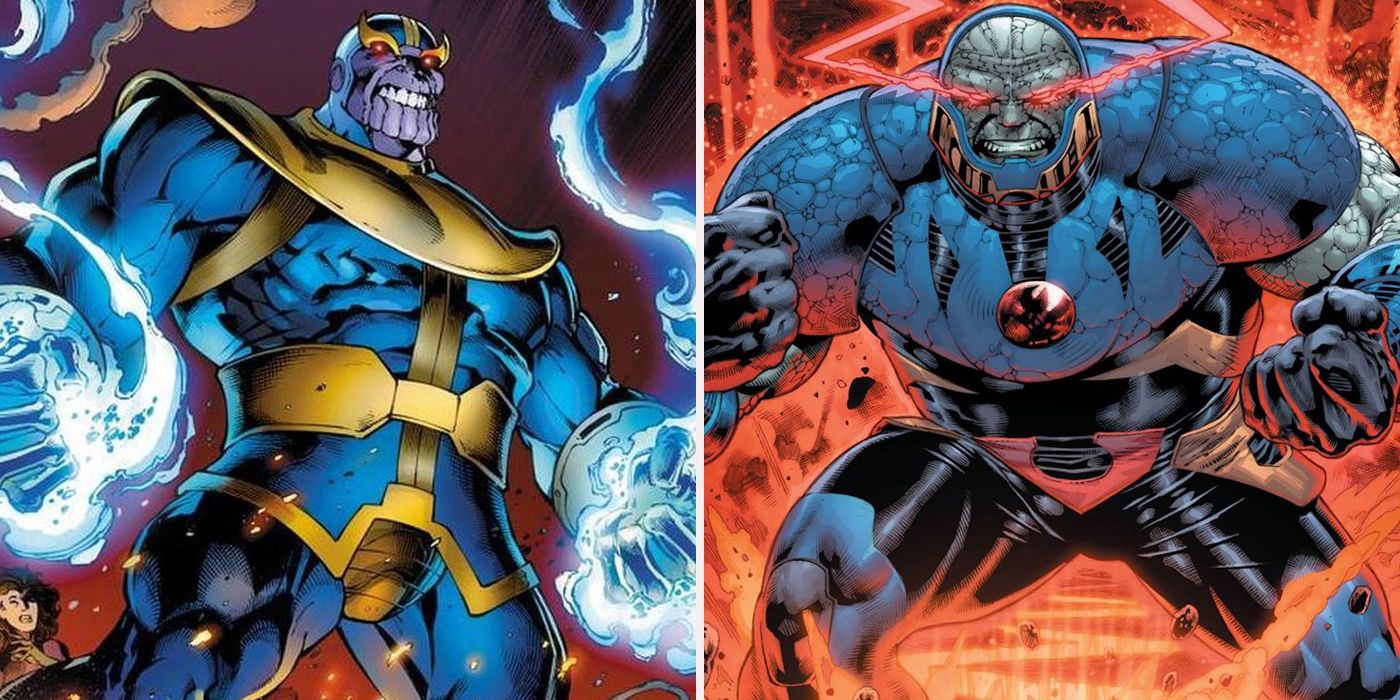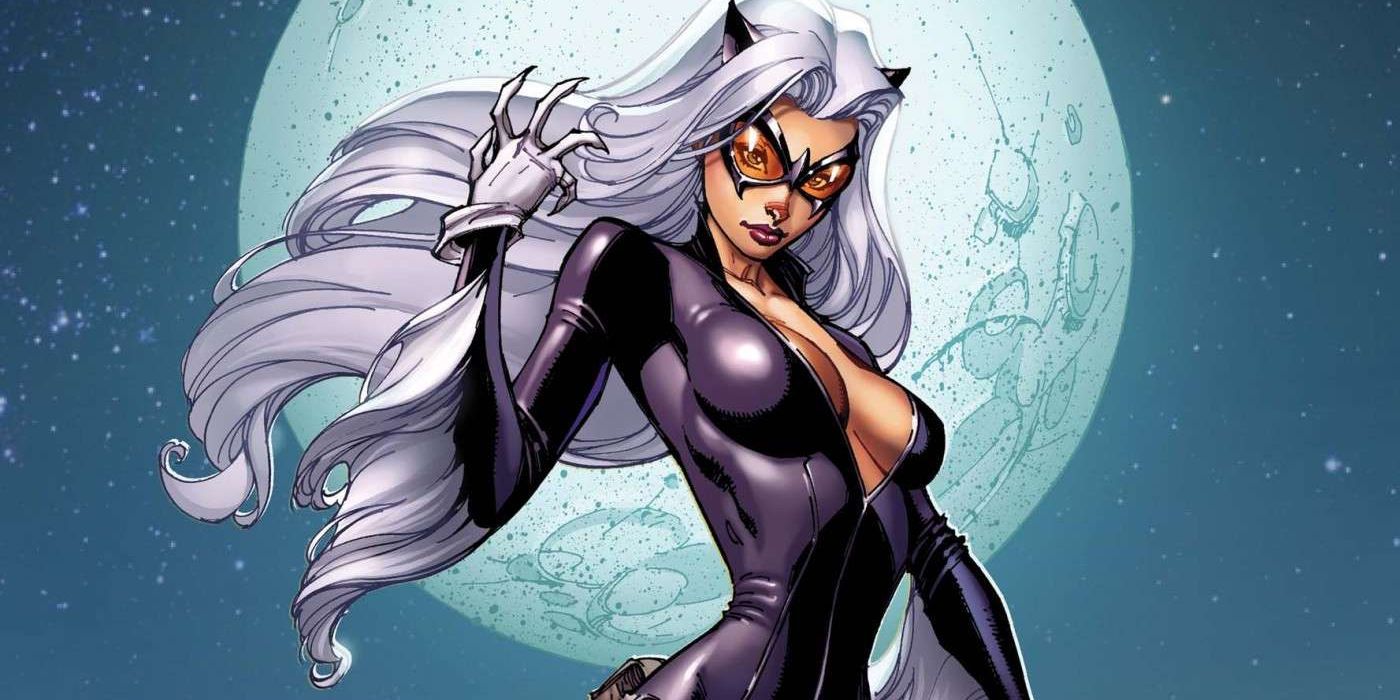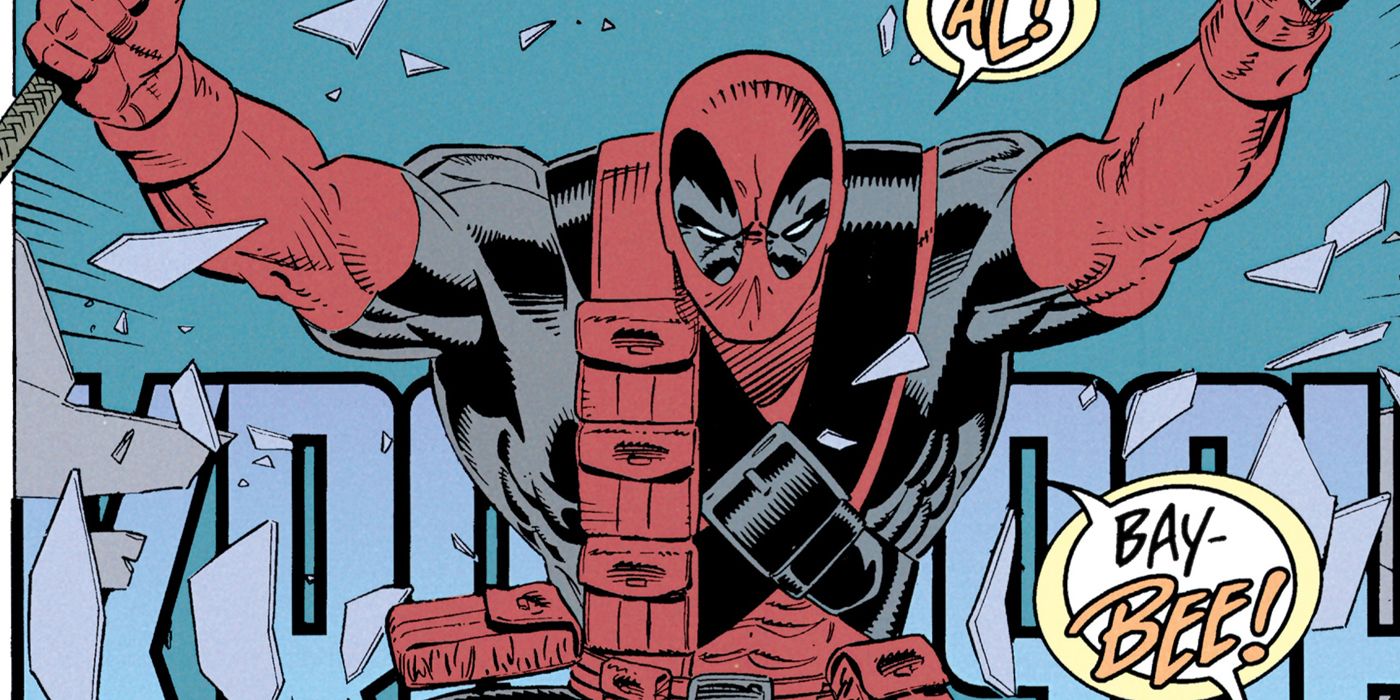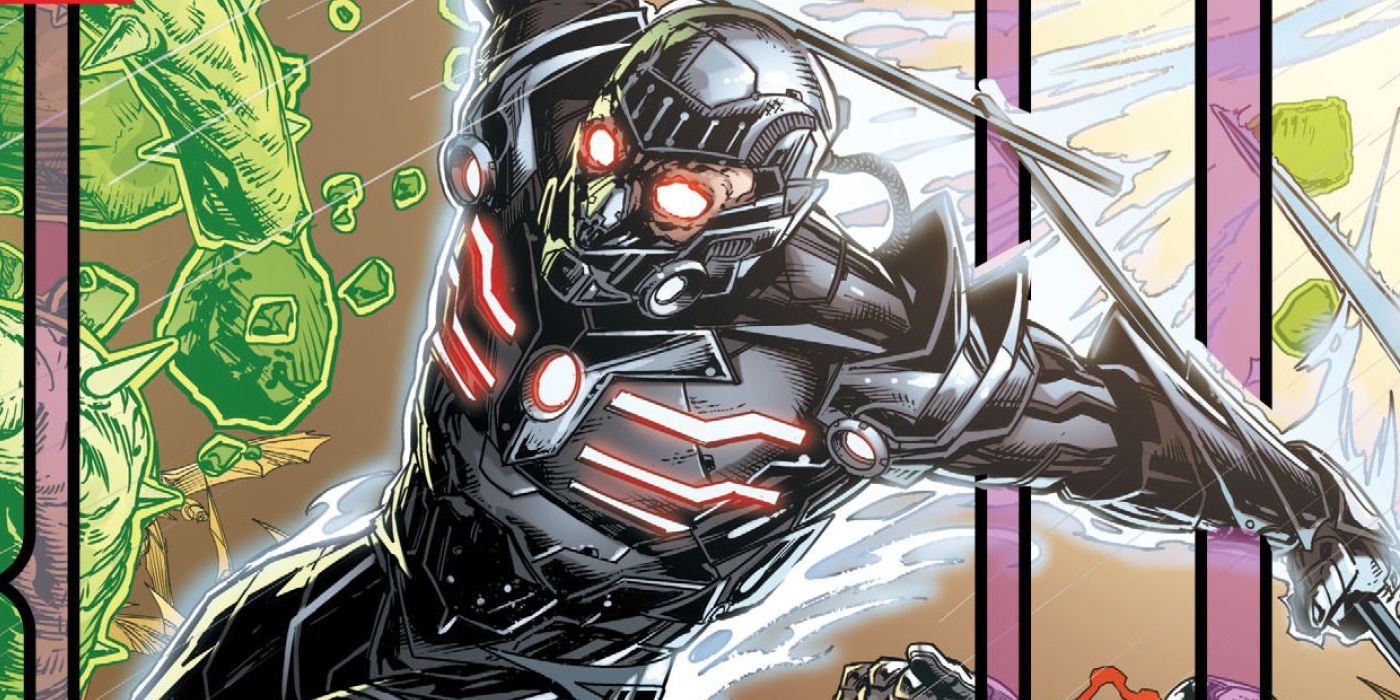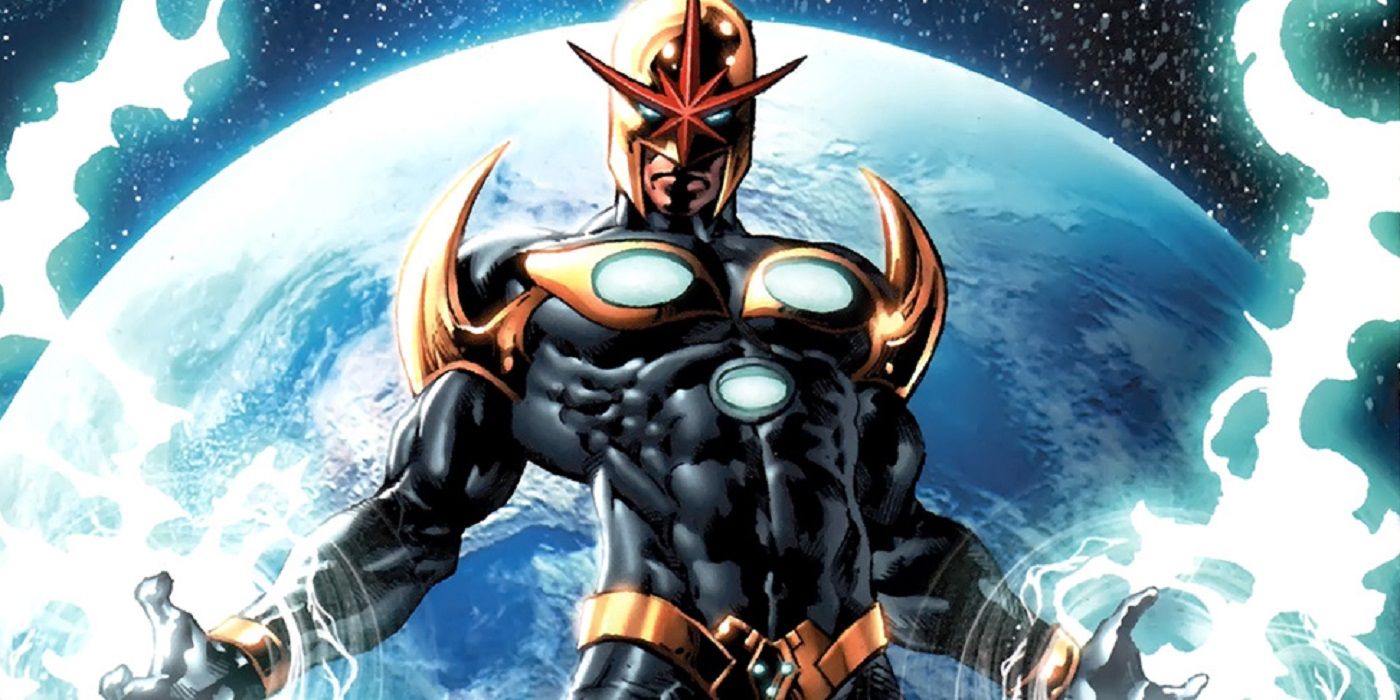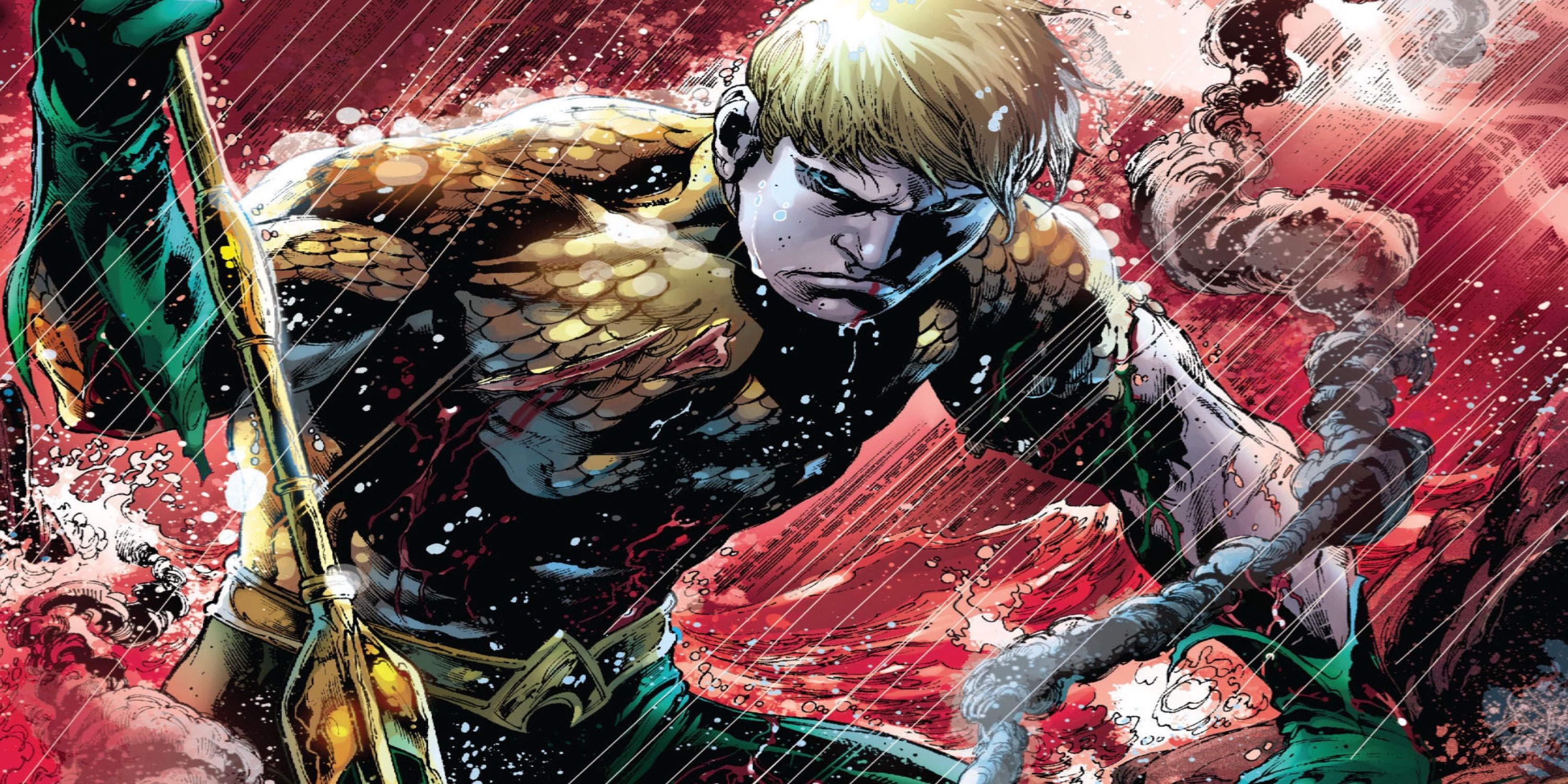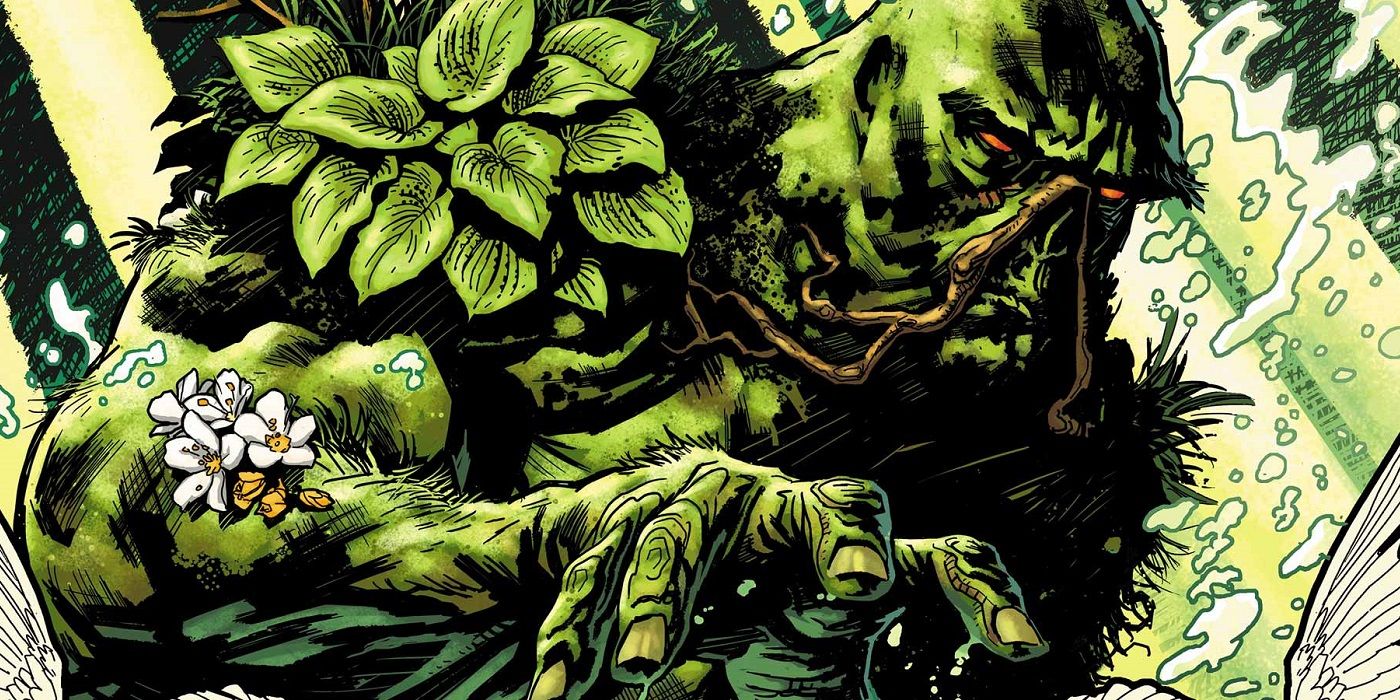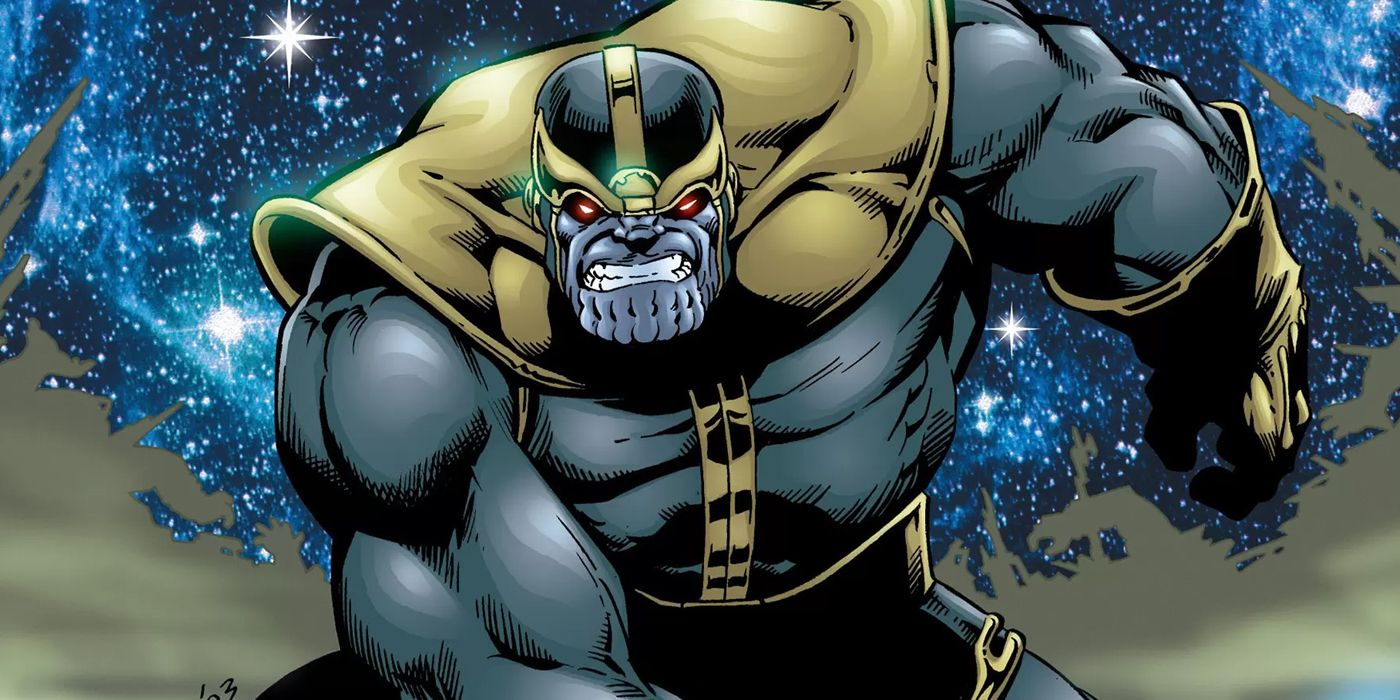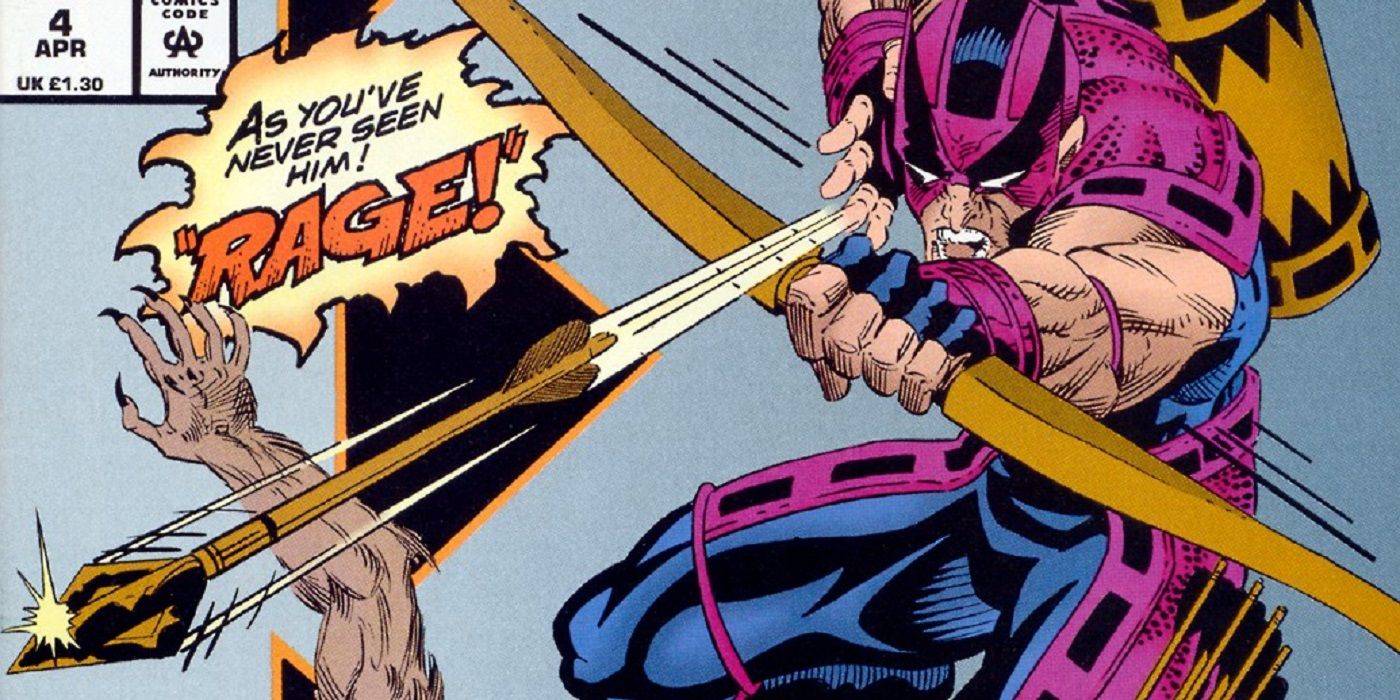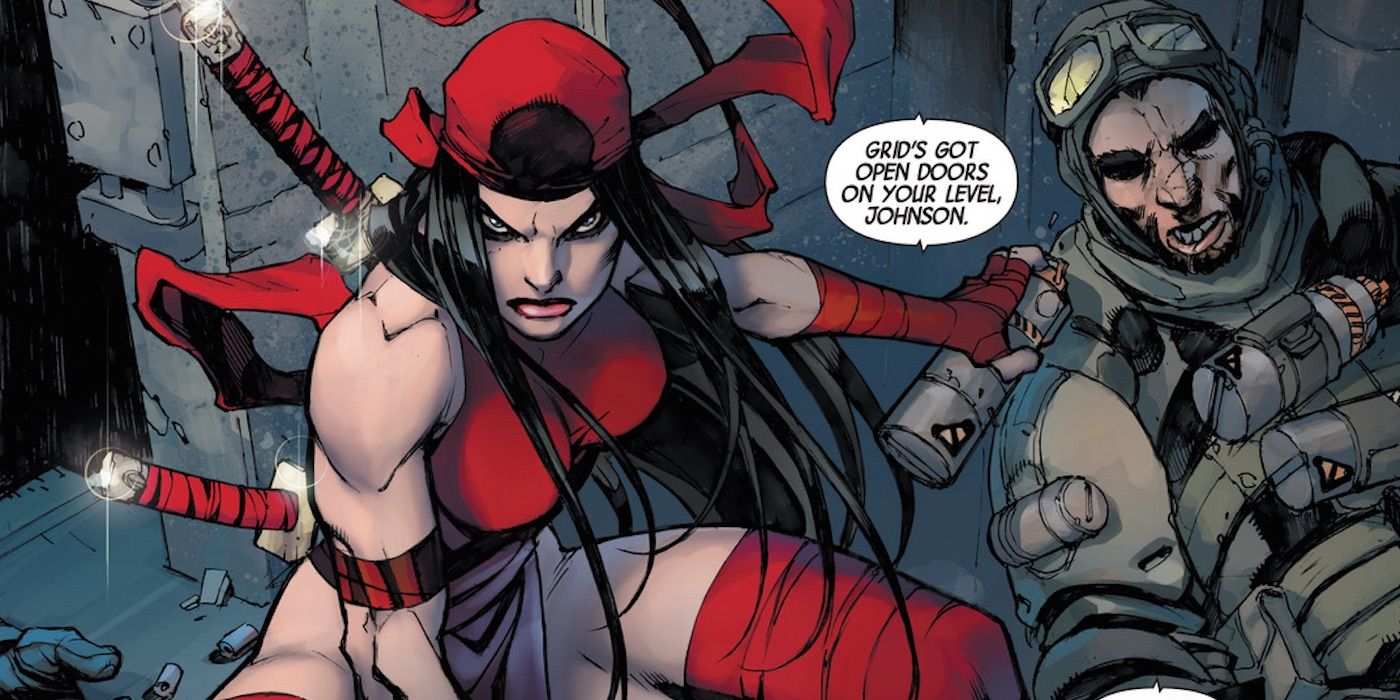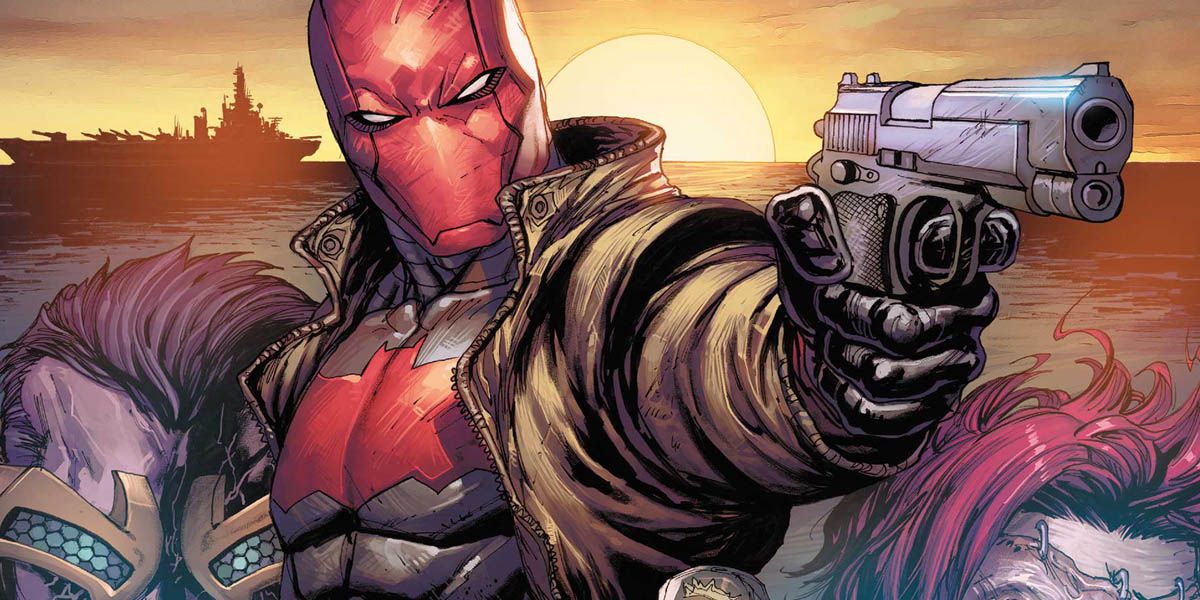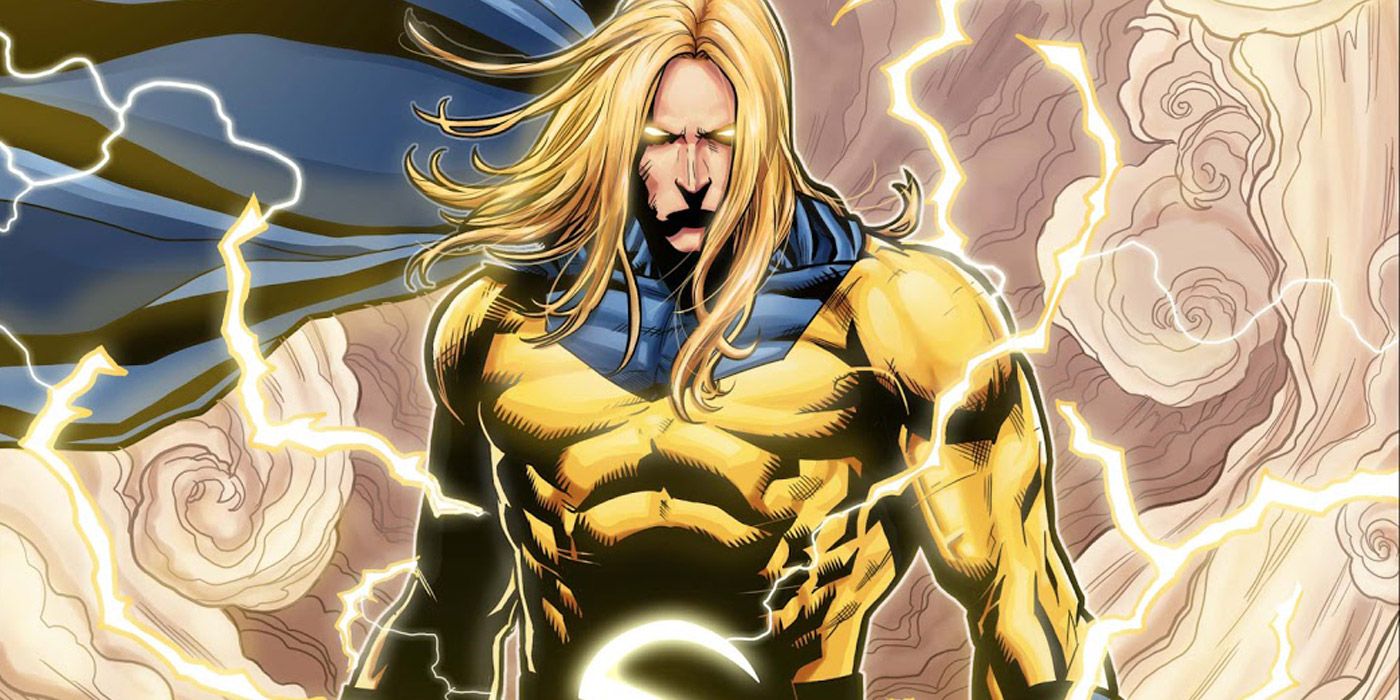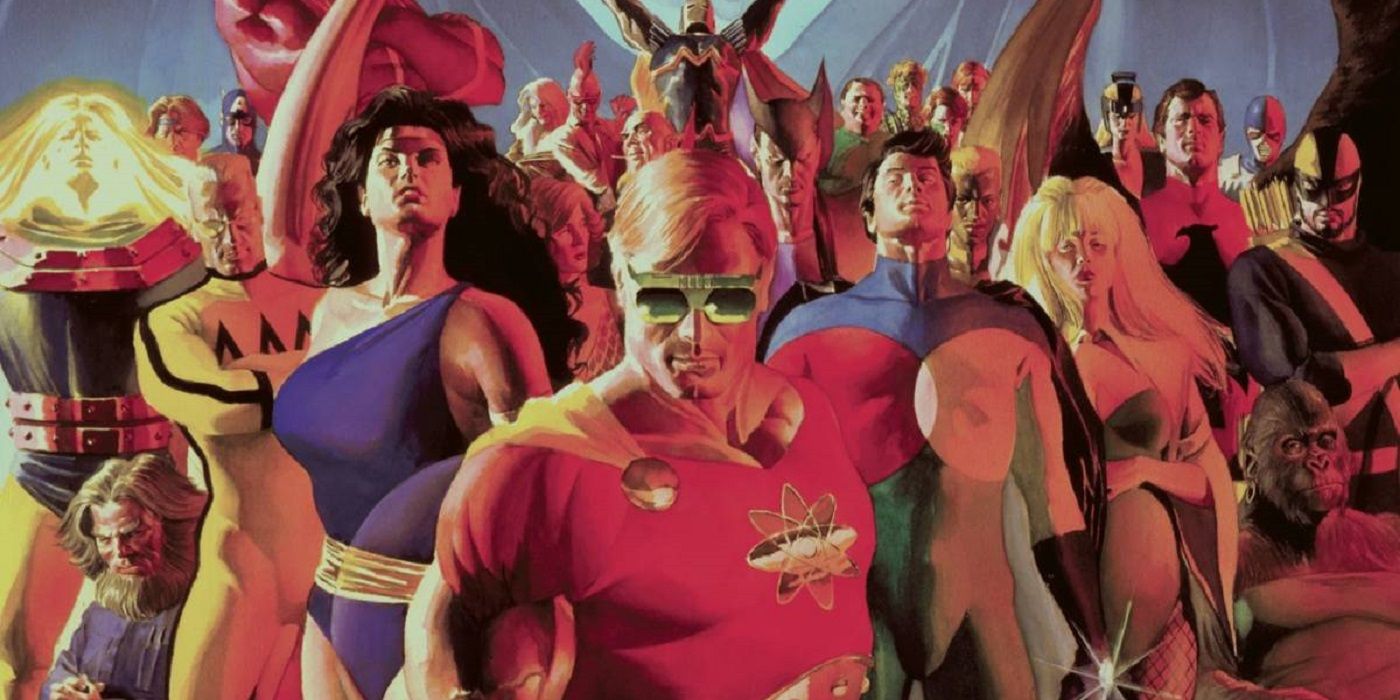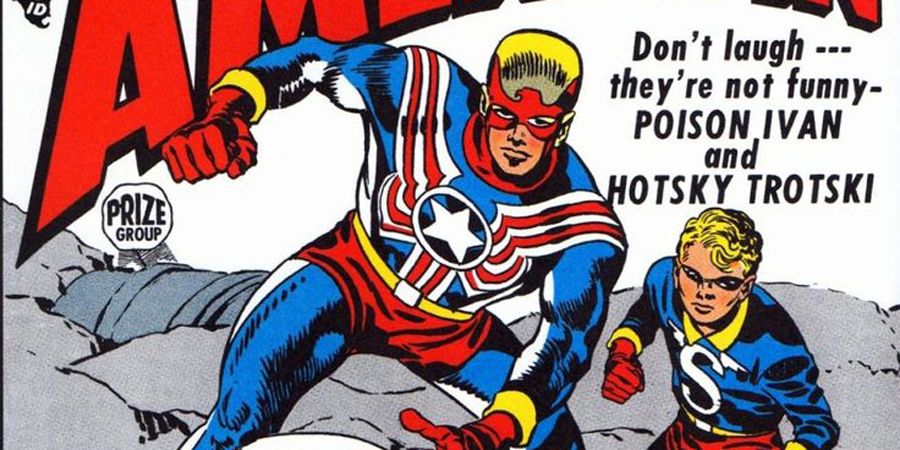It is said that imitation is the highest form of flattery. However, when imitation takes the form of plagiarizing intellectual property, it comes off as more of an insult than an homage. This is especially true in the world of comics, with storied rivalries between companies, artists, and writers leading to the widespread theft of characters for fun and profit. Unbeknownst to us, many of our favorite heroes and villains are actually rip offs of other brands. Minor cosmetic or narrative changes may have been made to avoid outright lawsuits, but close examination can expose eerie similarities between characters owned by rival companies.
RELATED: 15 Times Green Arrow Stole Batman's Shtick (And Vice Versa)
To be fair, many heroes across multiple companies share similar powers, a problem that seems more indicative of a lack of creativity than outright robbery. For example, Flash and Quicksilver are both speedsters, but don't look alike and have very different stories and origins. Even though the character of Pietro Maximoff debuted a full 24 years after Flash, it wasn't the Flash character that was stolen, just his powers. Discounting these particular instances, here are 15 superhero characters that were stolen.
15 BLACK CAT
First appearing in The Amazing Spider-Man #194 in 1979, Black Cat is a renowned, cat-themed burglar who wears a sultry black outfit and engages in flirty innuendo with her primary opponent. She is usually armed with artificial claws and a whip, has no superpowers, but is a proficient martial artist and contortionist. First appearing in Batman #1 in 1940, Catwoman is a renowned, cat-themed burglar who wears a sultry black outfit and engages in flirty innuendo with her primary opponent. She is usually armed with artificial claws and a whip, has no superpowers, but is a proficient martial artist and contortionist. Seriously, the only visible difference between the two is that Black Cat has white hair. Of all the stolen superhero properties, this is one of the most obvious.
14 BUMBLEBEE
There is no shortage of bug-based superheroes in comics. In fact, some of the most popular heroes are based on spiders, ants, and wasps. So when DC created a character in 1977 that had the ability to shrink, fly, and sting and was named after a bee, people were largely accepting of the concept. However, many also noticed that she bore more than a passing resemblance to the Wasp, who'd been hanging around Marvel pages with the same powers and costume since 1963. The visual similarities were so blatant between the two characters that the only thing that managed to eclipse the outright plagiarism was Bumblebee's skin tone. As DC's first female African-American superhero, the fact that she's a rip off of a beloved Marvel property is generally overlooked.
13 DEADPOOL
This plagiarism is so obvious, it's become a running joke both in the comic book community and in universe. Though he's transformed into the explicit, fourth-wall breaking screwball we know and love today, Deadpool debuted as a straight-laced mercenary in "The New Mutants #98 in 1991. Famously, creator Rob Liefeld showed his original designs to writer Fabian Nicieza who immediately recognized the design template as being identical to DC's Deathstroke the Terminator, a Teen Titans villain who'd been stomping through comic pages for over a decade at that point. Deciding to run with Liefeld's infamous lack of creativity, Nicieza even named the character after Deathstroke, calling him 'Wade Wilson' as opposed to 'Slade Wilson.'
12 THE FOURTH WORLD
Jack Kirby is one of the most important figures in comic books. When he was working with Marvel in the early 1960s, he was crucial to the development of many iconic characters such as the Fantastic Four, Thor, Silver Surfer, and the X-Men. However, a contract dispute caused him to leave the company in favor of DC in 1970. There, he set to work creating The Fourth World, a series featuring brightly colored alien heroes that developed its own mythology tangential to the existing DC brands. A few of his characters were direct rip offs of his older work. For example, the Black Racer is a more colorful Silver Surfer, the New Gods have a similar group dynamic to the X-Men, and Orion shares Thor's temperament. More importantly though, the entirety of the Fourth World anthology shares Kirby's signature visual aesthetic and narrative style with his previous work for Marvel.
11 NOVA
The Richard Rider version of the Man Called Nova got his start as a hero when a dying member of an intergalactic peacekeeping corps chose him as his replacement. Even rookie comic book readers can recognize that this is nearly identical to the origin story of Green Lantern/Hal Jordan. Though both characters have moved in very different directions and there are marked differences between the Nova Corps and the Green Lantern Corps, a hero's origin story is a vital part of understanding their character. When an origin is so clearly being copied from an older, more successful property, it makes it clear just who the writers and artists had in mind when creating this new brand.
10 AQUAMAN
At this point, it seems traditional for all superhero teams to have 'the water guy' who can handle any ocean-centric problems and keep the team hydrated on a hot day. Many think that this trend started with DC's Aquaman in 1941, but, in fact, Marvel beat the orange-armored Arthur Curry to the punch with Namor the Sub-Mariner in 1939. Both are Atlantean-human hybrids who are the royal monarchs of their respective kingdoms, can control sea life, and are hesitant of dealing with the surface world. Also, both are notorious for having the most ridiculous costumes of their universes, so there's that.
9 SWAMP THING
Swamp Thing is DC's living embodiment of 'The Green,' a human-plant avatar of pure preservation and conservation. Since 1971, he's been the champion of a green, environmentally-friendly lifestyle. On the surface, these all seem like good things. Unfortunately, Man-Thing had already been doing all that and more for a full two months before Swamp Thing saw the light of day. Additionally, both characters look nearly identical and have suspiciously similar origins. Because of the shorter period of separation between the two, this may seem more coincidental than anything. It may be more than coincidence though that the characters' creators, Len Wein and Gerry Conway, were living together at the time. Though both have denied copying the other's work in the past, there is too much synchronicity at stake for there not have even been indirect correlation.
8 THANOS
The big baddie of the Marvel universe, Thanos is the Mad Titan, a driven existential alien hellbent on destroying the universe to woo the esoteric concept of death itself. To this end, he is constantly chasing the Infinity Gauntlet, the grand McGuffin of the MCU which will give him the power to unwrite reality. He's also a more colorful version of Darkseid, DC's Tyrant of the alien world Apokolips, who wants to control existence by discovering the Anti-Life equation. Darkseid was one of Jack Kirby's creations in the aforementioned Fourth World and the similarity of his character could be seen as Marvel trying to reclaim some of the work they lost out on due to their dispute with him. If this is the case, than making Thanos brighter and more colorful in a direct imitation of Kirby's style is just adding insult to injury.
7 HAWKEYE
On the surface, it appears the only similarity Hawkeye has with his older DC counterpart, Green Arrow, is their shared use of a 12th century weapon in a world filled with contemporary ballistics. Hawkeye had a difficult upbringing in a circus and flirted with villainy before settling down as a hero. Green Arrow was born into a wealthy business family and his liberal beliefs led him directly into being a champion of justice. Apart from their upbringing, however, they are actually more identical than may first appear. Both are wisecracking characters who serve as comic relief for their respective teams, both have girlfriends who adhere to bird motifs, and both employ trick arrows in their arsenal. On top of that, bows are too arbitrary a weapon for one to use without taking influence from a predecessor. Even Green Arrow was openly based on Robin Hood.
6 BULLSEYE
The 'Master Assassin' archetype is as common in superhero comics as the 'Superhero' archetype, so it's no surprise that there'd be a bit of overlap just due to a limited amount of material to work with. That being said, when two characters are so similar that they even share a catchphrase, it might be too late to hide the obvious influence one took from the other. Though he may not look like Deadshot, Bullseye, who first appeared 26 years later, also features a prominent, circular design on his head, is also trained in the use of multiple weapons outside of conventional guns, and also constantly proclaims that he "Never misses." Honestly, outside of their appearance the only difference between the characters appears to be motive. Deadshot is a consummate professional who kills for money whereas Bullseye has a psychopathic streak that takes advantage of his chosen occupation.
5 ELEKTRA
Created by the great Frank Miller in 1981, Elektra Natchios became a primary romantic foil for the superhero Daredevil, but her job as a the Kingpin's personal assassin drove a wide wedge between them. The iconic panel of her death by the hands of Bullseye with her own sai cemented her place in comic book lore. But her story, particularly her relationship with Daredevil, rings strangely familiar. Perhaps because it's the same relationship shared by Talia al Ghul and Batman. It's the classic 'ninja-assassin-falls-in-love-with-crime-fighter-but refuses-to-give-up-villainy-because-of-personal-vendetta-slash-daddy-issues' story. I believe Shakespeare wrote the first version of it.
4 RED HOOD
The whole gimmick behind the Red Hood character isn't that he's a resurrected Jason Todd. That's just an outlet for the character to work through. No, the real draw of who Red Hood is as a character is that he's Batman but without all that pesky morality. All writer Judd Winick had to do was think of the most famously cool and edgy hero he could come up with and make him cooler and edgier. So instead of borrowing more from Batman, it's clear he looked across the pond, saw that The Punisher was a super graphic character, and then made Red Hood the Punisher, complete with an arsenal of guns, a moral compass that justifies the wholesale murder of criminals, and the training necessary to terrorize and eliminate his victims.
3 THE SENTRY
Superman is perhaps the most generic superhero of all time, if for no other reason than he's the one who jumpstarted the entire genre all the way back in 1938. As such, it can be hard for other heroes to step out of the shadow of the imposing American icon from Krypton. It's even harder when you are known throughout pop culture as "The Marvel Superman." To be very fair, Sentry, created in 2000 by Paul Jenkins, Jae Lee, and Rick Veitch, is not just a Superman rip off. He has a very different personality than the Man of Steel and his insane alter-ego, the Void, has created a hero-villain dynamic that Superman is fundamentally incapable of supporting. However, when your powers and place in your universe boil down to essentially 'I can lift all the things,' then you're never going to fully be able to separate yourself from the guy who embodies that very concept.
2 THE SQUADRON SUPREME
Sometimes rip offs are unintentional coincidences, sometimes they're knowing tributes, and sometimes they're designed to be scathing, personal insults to other properties. Enter the Squadron Supreme, consisting of core members Hyperion, Nighthawk, Power Princess, Whizzer, and Doctor Spectrum, the respective copies of Superman, Batman, Wonder Woman, Flash, and Green Lantern. Aside from their identical powers, the Squadron Supreme emphasizes the worst qualities of the brands they're parodying. Hyperion is bratty and impatient to conquer the world, Nighthawk is brooding to the point of abusive, Power Princess is aggressively arrogant, Whizzer is annoying and self-centered, and Doctor Spectrum is quietly unappreciated, taking a backseat to his more famous colleagues. Creators Roy Thomas and John Buscema could not have made it more clear that this imitation is in no way flattery.
1 FIGHTING AMERICAN
You don't even need to see a picture of Fighting American to know exactly who he's meant to be a direct copy of. Just listen to that name. Fighting American. Fighting. American. Created in 1954 by Joe Simon and Jack Kirby, the character was meant to be a protest against Timely Comics, which would later become Marvel. Not only was his origin a complete copy and paste of Captain America's, he also had an unbreakable shield as a weapon, had a teenage sidekick in a blue uniform, and was later shown to have "not aged a day" since WWII. Frankly, it's amazing that Fighting American was created by actual comic book artists. He sounds less like a legitimate superhero and more like the title of a badly-dubbed Russian bootleg of Captain America: the First Avenger.

